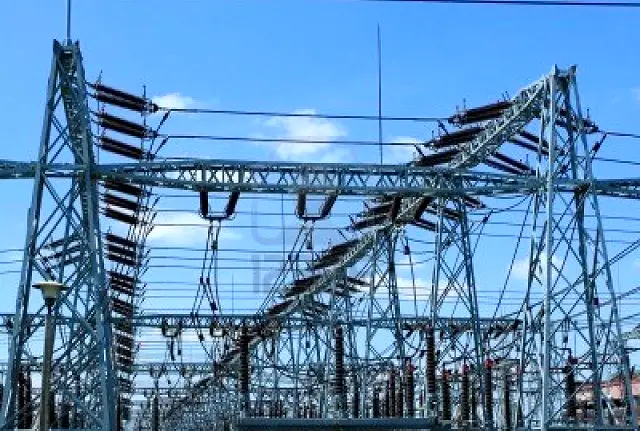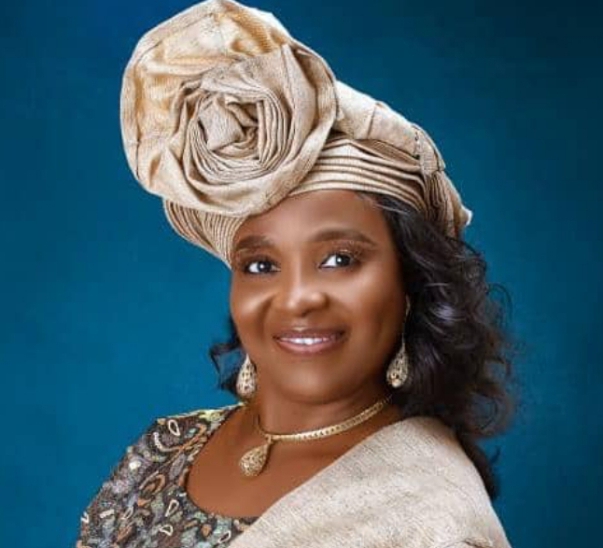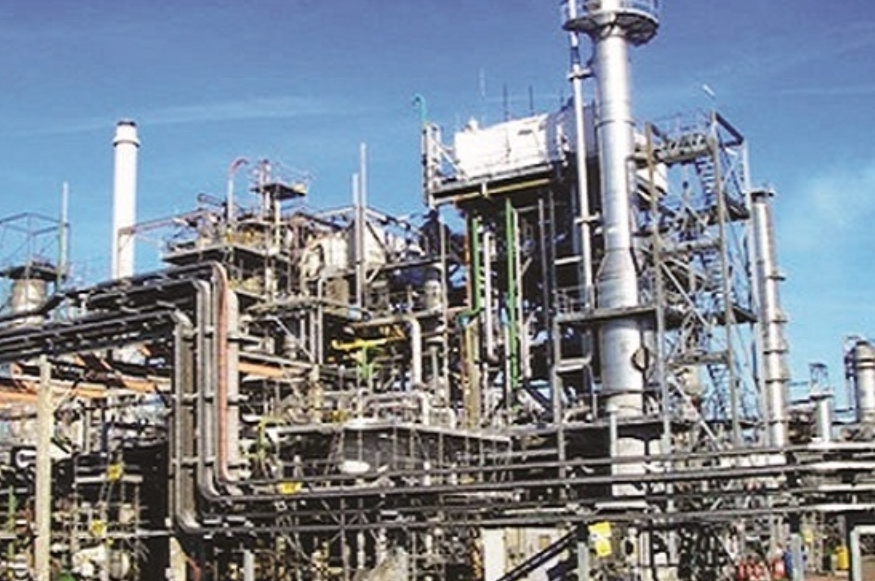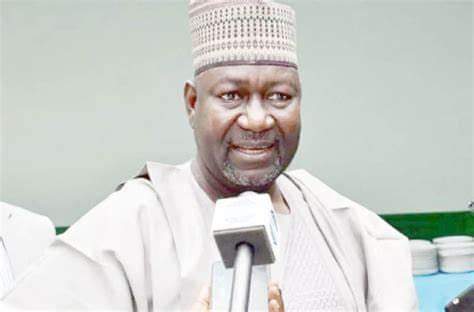Nigeria’s electricity challenge worsened yesterday as grid power generation crashes to 495.20 Megawatts with just Jebba Hydro (335MW), Olorunsogo NIPP (107.20MW) and Sapele (53MW) on the grid as at 3pm.
Earlier checks by Cdanewsonline on data from the National System Operator, NSO, showed that as at 2pm total generation was 2,804.90MW, a decline of 34.8 per cent when compared to the 4,302.60MW average generation recorded on Sunday.
As at 2pm, Kainji Hydro was the top generator with 452MW followed by Odukpani NIPP at 394MW. Others were Afam IV & V (72MW), Afam VI (127MW), Azura-Edo IPP (393MW), Egbin (207), Ibom Power (25.2MW), Jebba Hydro (335MW), Omoku (47.3MW), Omotosho (88.8MW), Omotosho NIPP (198.2MW), Paras Energy (49.3MW), Sapele (54MW), Shiroro Hydro (283MW)and Trans-Amadi (78.8MW).
The poor performance of the power generation companies (GenCos) have continued despite receiving over N80 billion from the Nigerian Bulk Electricity Trading Plc (NBET) in the past two months.
NBET, in a note to Cdanewsonline, had disclosed that it paid the GenCos N39 billion for power generated in January 2022 with another N9 billion from the Power Sector Reform Programme going to the GenCos recently.
The note stated: “NBET paid N39 billion to GenCos in the first tranche of payments towards the settlement of January 2022 Payment Cycle. DisCos performance for the same period is 51 per cent.
Another N9 billion from the PRSP has been approved and processed by NBET as further payments to the GenCos”, it added.
The payment brought to over N80 billion paid to the GenCos in the last two months after they received 38 billion in February 2022.
The GenCos, through their umbrella group, Association of Power Generating Companies (APGC) have been in a huge row with NBET over unused capacity payments.
Findings from Cdanewsonline, showed that average available power generation capacity declined by 9.42 percent as at September, 2021 to 5,453.36 Megawatts from 6,047.54MW recorded in the corresponding month, in 2020, latest data from the Nigerian Electricity Regulatory Commission (NERC) has indicated.
The regulator’s data showed that power generation capacity failed to improve in the last few years despite several interventions by the Federal Government to boost the sector’s liquidity.





